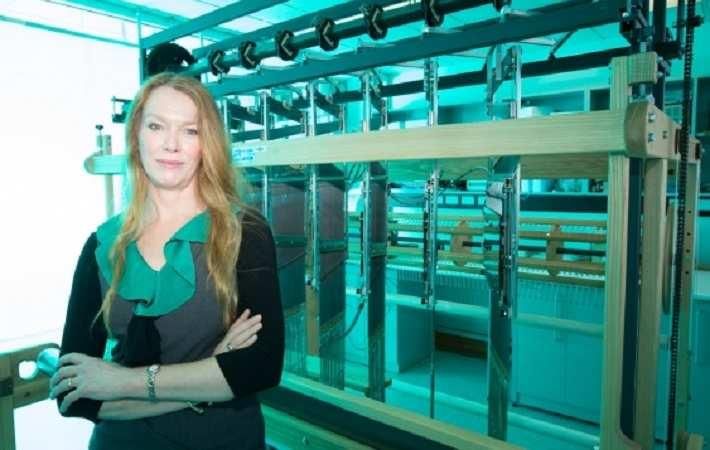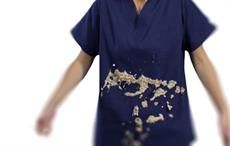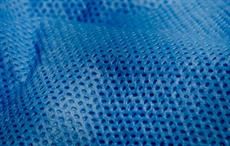
Potential future applications of the material range from protective suits that stiffen under high impact for skiers, racing-car drivers and astronauts, through to ‘intelligent’ compression bandages for deep-vein thrombosis that respond to the wearer's movement and safer steel-belt radial tyres, according to the research published in Nature’s Scientific Reports.
Periosteum is a soft tissue sleeve that envelops most bony surfaces in the body. The complex arrangement of collagen, elastin and other structural proteins gives periosteum resilience and provides bones with added strength under high impact loads.
The team mapped the complex tissue architectures of the periosteum for the first time, visualised them in 3D on a computer, scaled up the key components and produced prototypes using weaving loom technology, said professor Melissa Knothe Tate, Paul Trainor Chair of Biomedical Engineering, UNSW.
“We have also demonstrated the feasibility of using this technique to test other fibres to produce a whole range of new textiles,” added Tate.
The team used a high fidelity imaging system to investigate and map its architecture and then tested the feasibility of rendering periosteum’s natural tissue weaves using computer-aided design software. The computer modelling allowed the researchers to scale up nature’s architectural patterns to weave periosteum-inspired, multidimensional fabrics using a state-of-the-art computer-controlled jacquard loom.
“The challenge with using collagen and elastin is their fibres that are too small to fit into the loom. So we used elastic material that mimics elastin and silk that mimics collagen,” said Tate.
In a first test of the scaled-up tissue weaving concept, a series of textile swatch prototypes were woven, using specific combinations of collagen and elastin in a twill pattern designed to mirror periosteum’s weave. Mechanical testing of the swatches showed they exhibited similar properties found in periosteum’s natural collagen and elastin weave.
First author and biomedical engineering PhD candidate Joanna Ng said the technique had significant implications for the development of next-generation advanced materials and mechanically functional textiles.
An NHMRC development grant received in November will allow the team to take its research to the next phase. The researchers will work with the US-based Cleveland Clinic and the University of Sydney’s Professor Tony Weiss to use the ‘smart’ technology to develop and commercialise prototype bone implants for pre-clinical research within three years. (KD)
Fibre2Fashion News Desk – India

